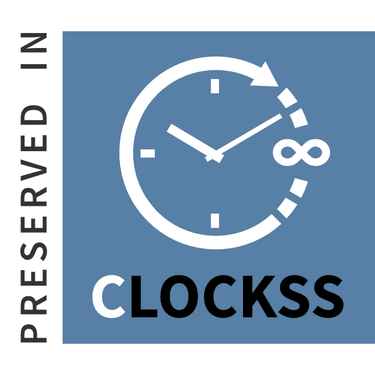Effectiveness of Video-assisted Distraction Therapy on Childrens Pain Perceptions during Peripheral Venous Cannulation
Abstract
Background: Relief of pain is a basic need and right of all children; effective pain management requires health professionals to be able to apply several interventions to achieve optimal results. The current study aimed to discover the Effectiveness of Video-assisted Distraction Therapy on Children’s Pain Perceptions during Peripheral Venous Cannulation in Pediatric Wards of Biratnagar, Nepal.
Method: A quasi-experimental study was conducted at Pediatric Wards of different hospitals in Biratnagar. Data collection was done from Feb 27, 2023, to April 28, 2023. Non-probability purposive sampling technique was adopted in selecting the desired sample size. Data was collected through an interview questionnaire and a standard observational checklist, the FLACC pain rating scale. The experimental group received video-assisted distraction therapy as an intervention, while the control group received routine intravenous care from the nurses.
Results: There is a significant difference between the pain perception score in the experimental and control group during peripheral venous cannulation (p= <0.001) during and after two minutes of cannulation. Similarly, the level of pain was also different in both groups, 42.5% of children in the experimental group perceived moderate pain, 37.5% perceived mild pain and 20% reported severe pain whereas 92.5% of respondents perceived severe pain and only 7.5% perceived moderate pain during peripheral venous cannulation.
Conclusions: Video-assisted Distraction Therapy was very efficient at distracting children from their pain during intravenous cannulation.
Keywords: Distraction Therapy; Pain Perceptions; Peripheral Venous Cannulation.
Copyright (c) 2024 Menuka Bhandari, Munawatee Rai, Puja Gartaula

This work is licensed under a Creative Commons Attribution-NonCommercial 4.0 International License.
Journal of Nepal Health Research Council JNHRC allows to read, download, copy, distribute, print, search, or link to the full texts of its articles and allow readers to use them for any other lawful purpose. Copyright is retained by author. The JNHRC work is licensed under a Creative Commons Attribution-NonCommercial 4.0 International (CC BY-NC 4.0).












